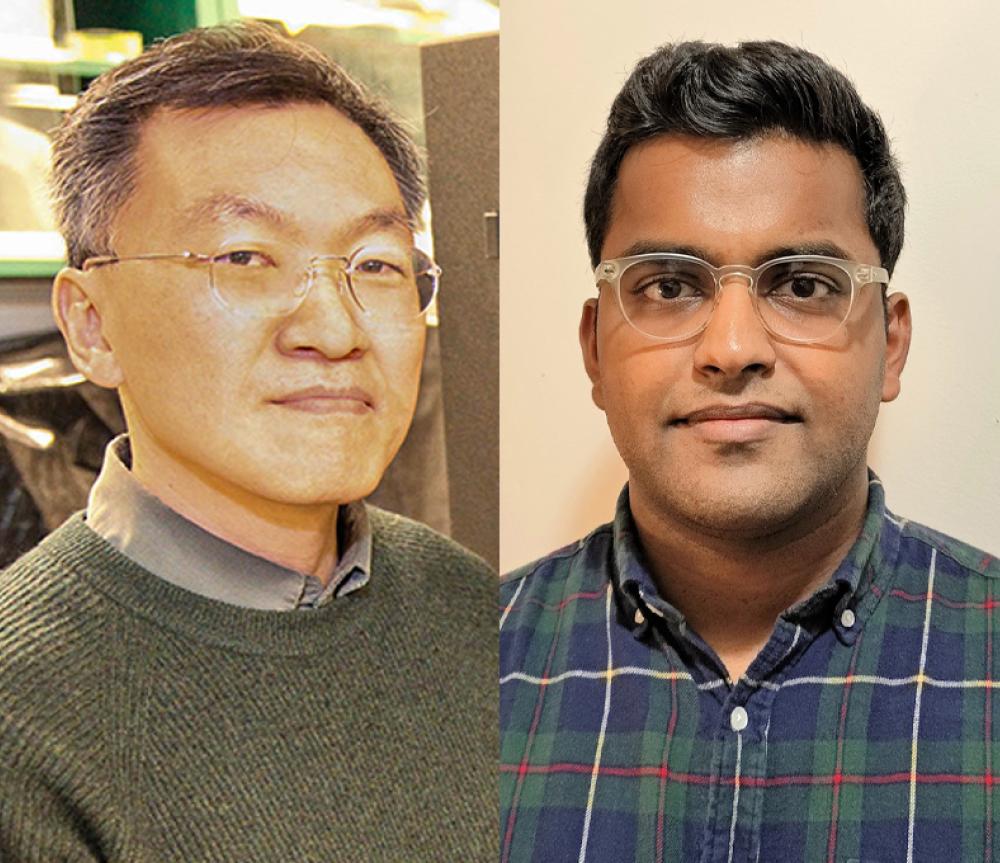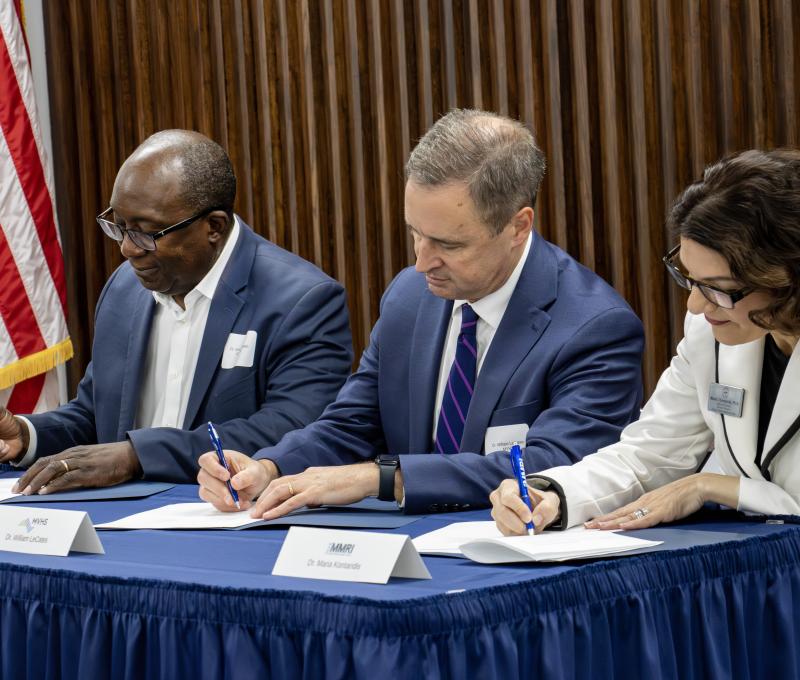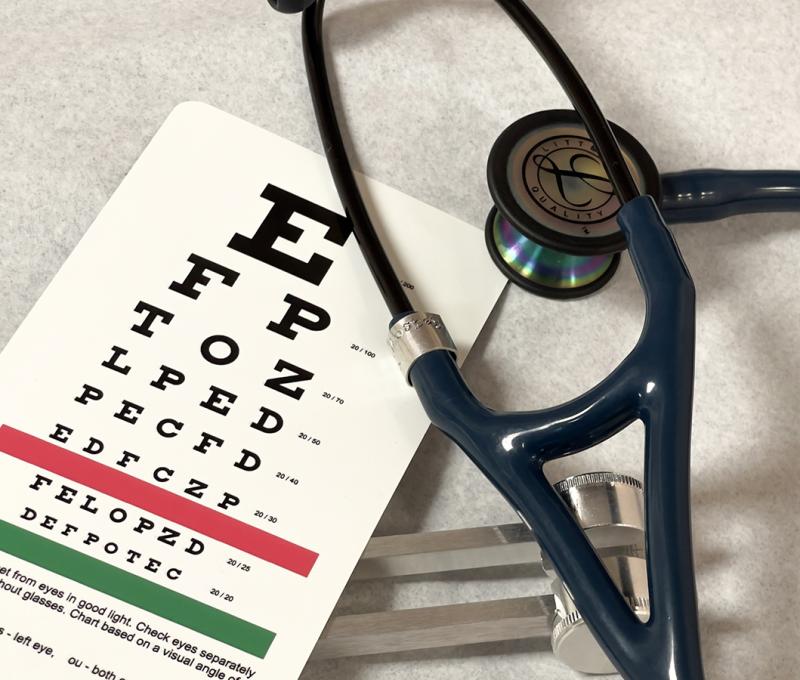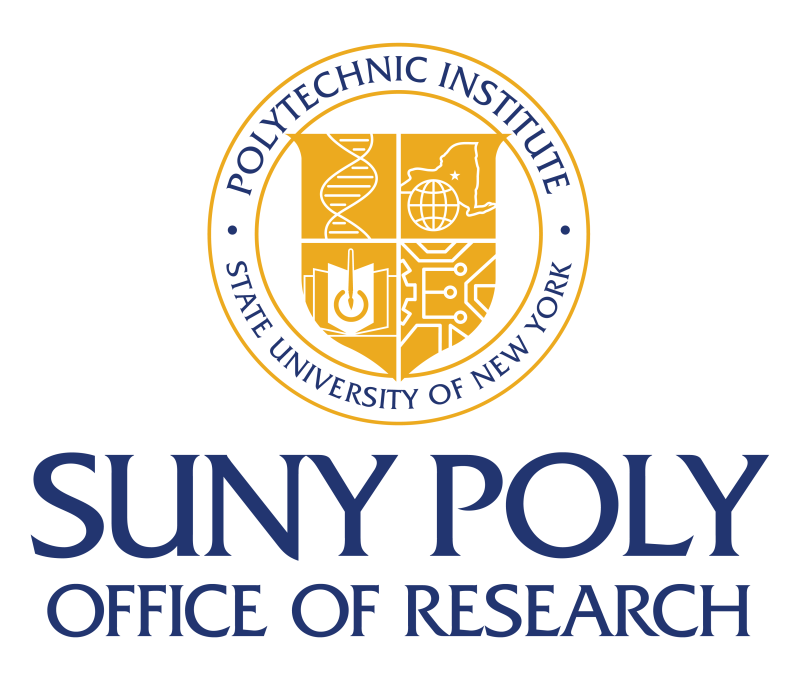News Release: Professor Ji Ung Lee and Graduate Student Sharadh Jois Publish Novel Graphene-based Collaborative Research in Physical Review Letters

For Release: Immediate – April 20, 2023
CONTACT: Steve Ference, Director of University Marketing & Communications | (518) 429-7742 | sference@sunypoly.edu
Research Leverages the Unique Properties of Graphene with High-Temperature Superconductor to Potentially Develop Novel Platform for Next-Generation Quantum Technology Devices
Albany, NY – SUNY Polytechnic Institute (SUNY Poly) Professor of Nanoscale Engineering Dr. Ji Ung Lee, with graduate student Sharadh Jois, as well as researchers from Brookhaven National Laboratory in the United States and Aalto University in Finland, published, "Andreev Reflection and Klein Tunneling in High-Temperature Superconductor-Graphene Junctions," in Physical Review Letters, the world’s premier physics letter journal.
The research demonstrates a new electronic device that exploits properties of graphene and high-temperature superconductors. Graphene, a single layer of carbon atoms, is a material where electrons move as if they do not have mass, in stark contrast with conventional semiconductor materials. The research paper points out that this property gives rise to unique phenomena called Klein tunneling - the ability for graphene’s electrons to move through barriers formed by p-n junctions, which act like a switch within the semiconductor materials.
High-temperature superconductors are materials that transition to a zero-resistance state at temperatures above 77 K (above -321.1 °F). Current in the zero-resistance state is carried by paired up electrons, called Cooper pairs, without losing energy. When an electron from a nearby metal comes into the superconductor, it forms a Cooper pair by combining with another electron and kicks out a hole by a phenomenon called Andreev reflection.
The ways electrons participate in current transport in conventional low-temperature superconductors and metals is well understood. In contrast, Cooper pairs in correlated high-temperature superconductors can have unique properties, leading to unconventional superconducting states. In particular, the experimental team at SUNY Poly in the U.S. demonstrated that the electronic transport between graphene and the high-temperature superconductor was dominated by a unique process arising from the combination of graphene’s Klein tunneling and the superconductor’s Andreev reflection. This experimental observation was shown to be fully consistent with the theoretical prediction made by the collaborating team at Aalto.
Ultimately, the research group believes the unique electronic properties of graphene will make this system a promising platform for future electronics. Conventional superconductors have been key materials for a variety of quantum devices and, in particular, for one of the strategies to build quantum computers. Exploiting the unconventional electronics of graphene and high-temperature superconductors can be a new platform to explore topological states and bring high-temperature Josephson junctions to reality.
Physical Review Letters (PRL) is considered a top journal for new research in fundamental physics. It also serves as the American Physical Society’s flagship publication, and since 1958 has “contributed to APS’s mission to advance and diffuse the knowledge of physics by publishing seminal research by Nobel Prize–winning and other distinguished researchers in all fields of physics.” More information about PRL is available here.
This exciting work was conducted in collaboration with Assistant Professor of Applied Physics Jose Lado at Aalto University in Finland, who focused on aspects related to the theory underpinning the team’s findings. Dr. Genda Gu and Dr. Qiang Li of Brookhaven National Laboratory grew the high-temperature superconductor (Bi2Sr2CaCu2O8+x) crystals.
Read the pre-print version of the research article at Cornell’s arXiv resource:
http://arxiv.org/abs/2210.17503.
The peer-reviewed PRL article has been published here:
Jois, S., Lado, J. L., Gu, G., Li, Q. & Lee, J. U. Andreev Reflection and Klein Tunneling in High-Temperature Superconductor-Graphene Junctions. Phys. Rev. Lett. 130, 156201 (2023).
https://doi.org/10.1103/PhysRevLett.130.156201
############
About SUNY Polytechnic Institute (SUNY Poly)
SUNY Poly is New York’s globally recognized, high-tech educational ecosystem. SUNY Poly offers undergraduate and graduate degrees in the emerging disciplines of nanoscience and nanoengineering, as well as cutting-edge nanobioscience programs at its Albany campus, and undergraduate and graduate degrees in technology, including engineering, cybersecurity, computer science, and the engineering technologies; professional studies, including business, communication, and nursing; and arts and sciences, including natural sciences, game design, mathematics, humanities, and social sciences at its Utica campus; thriving athletic, recreational, and cultural programs, events, and activities complement the campus experience. As the world’s most advanced, university-driven research enterprise, SUNY Poly boasts billions of dollars in high-tech investments and hundreds of corporate partners since its inception. For information visit www.sunypoly.edu.







